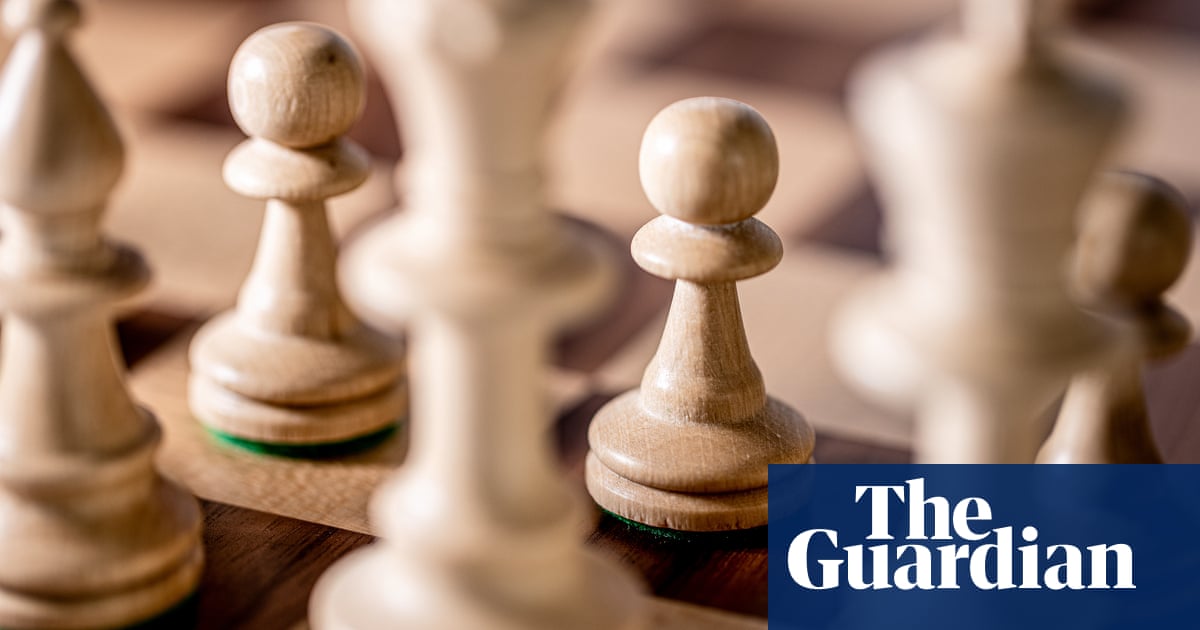
One of the most enduring chess records, Sergey Karjakin as the youngest grandmaster ever at 12 years and seven months, looks set to fall in the next few weeks. Abhimanyu Mishra, from New Jersey, US, is already the youngest ever international master, at 10, and has just achieved two of the three required GM norms for the higher title.
There were GM level teenagers before 1950, but the world body Fide only issued its first list in that year. Then David Bronstein was the youngest at 26, followed by Tigran Petrosian at 23 in 1952, Boris Spassky at 18 in 1955, and Bobby Fischer at 15 in 1958. The last three all became world champions. Fischer held the record for over 30 years before the all-time No 1 woman, Judit Polgar, broke it in 1991, after which it was gradually lowered until Karjakin set his target in 2002.
Since then, Karjakin’s mark has narrowly survived serious attempts by India’s current generation of talents, but Mishra’s chances are very bright. He has until 5 September to score his third GM norm and add around another 24 rating points, and was in action again in a new tournament which started on Friday. Mishra won his first round game on Friday afternoon. He will probably need a 7/9 total for his third and final GM norm.
His latest tournament, the just concluded Budapest First Saturday, was his most impressive to date. It was his third GM event in a row with only a couple of days break between them, yet he simply ran away from the field, scoring an unbeaten 8/9 with a winning margin of three points. His tournament performance rating (TPR) was 2739, the level of the world top 20 grandmasters. It was almost certainly the youngest 2700+ TPR in chess history, and the first ever by a pre-teen.
The most notable aspect of his performance was in the final round. With victory already secure, he still went for a maximalist approach and outplayed the No 1 seed.
That is the way of great champions – think Alexander Alekhine at San Remo 1930, Bobby Fischer’s 6-0, 6-0 candidates matches, or Garry Kasparov (“a monster with 100 eyes who sees everything” )against Tony Miles in their 1986 match.
Earlier, at Charlotte Springs in the US in March, Mishra defeated a 2521-rated Russian GM in only 19 moves. Mishra’s chess talent has already been exceptional since he learnt the rules of the game at two-and-a-half. He became the youngest national expert at the age of seven, and the youngest National Master in the US at the age of nine.
He is now close to his grandmaster goal despite not playing any rated games in the second half of 2020 due to the pandemic. Rather than follow the majority of players who have switched to online tournaments, he preferred to hone his game by long sessions with his coach, GM Arun Prasad.
At Budapest, he wore a face mask in every game at the First Saturday tournament, which as the name implies offers GM and IM tournaments every month. Many young talents seeking norms played there in the past, including Magnus Carlsen, the world No 2, Fabiano Caruana, and Hikaru Nakamura.
Garry Kasparov is Mishra’s chess hero. Long ago, in February 1975, this column predicted that a then unknown Russian schoolboy named Gary Weinstein would be world champion in 1990.
Carlsen has said he will retire by 40, so Mishra for world champion in 2030? Alireza Firouzja, who is already widely regarded as the crown prince and heir apparent to Carlsen, and others would have plenty to say about that, but after Mishra’s spectacular start to his top level career, the projection is more than just a fanciful concept.
3723 1...Rxd6! regains Black’s lost pawn with advantage. The tactic is 2 Bxd6? (not 2 Rxd6?? Qxg2 mate) Nh3+! 3 Kh1 Bxg2+! and 4...Qxc4 winning White’s queen.












